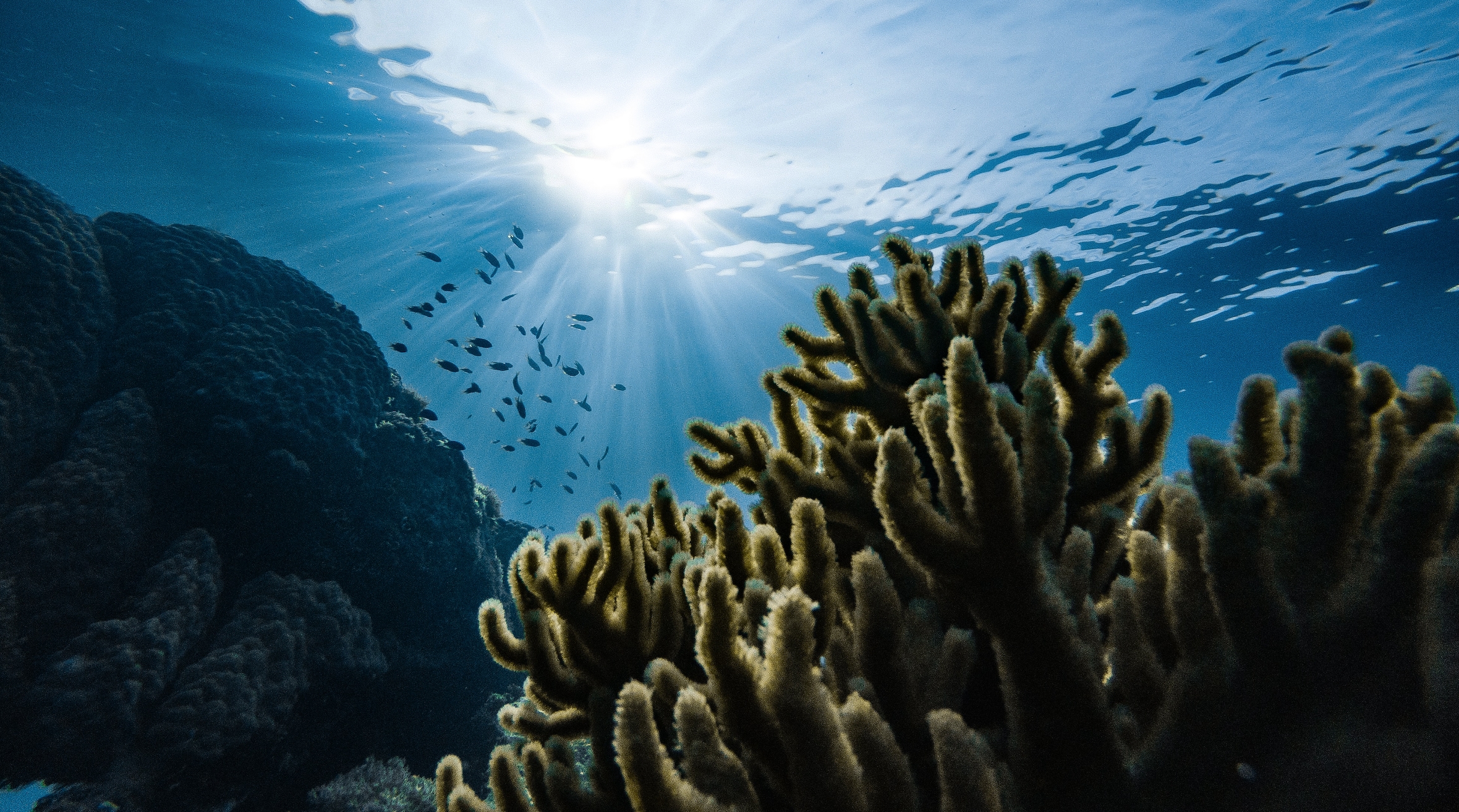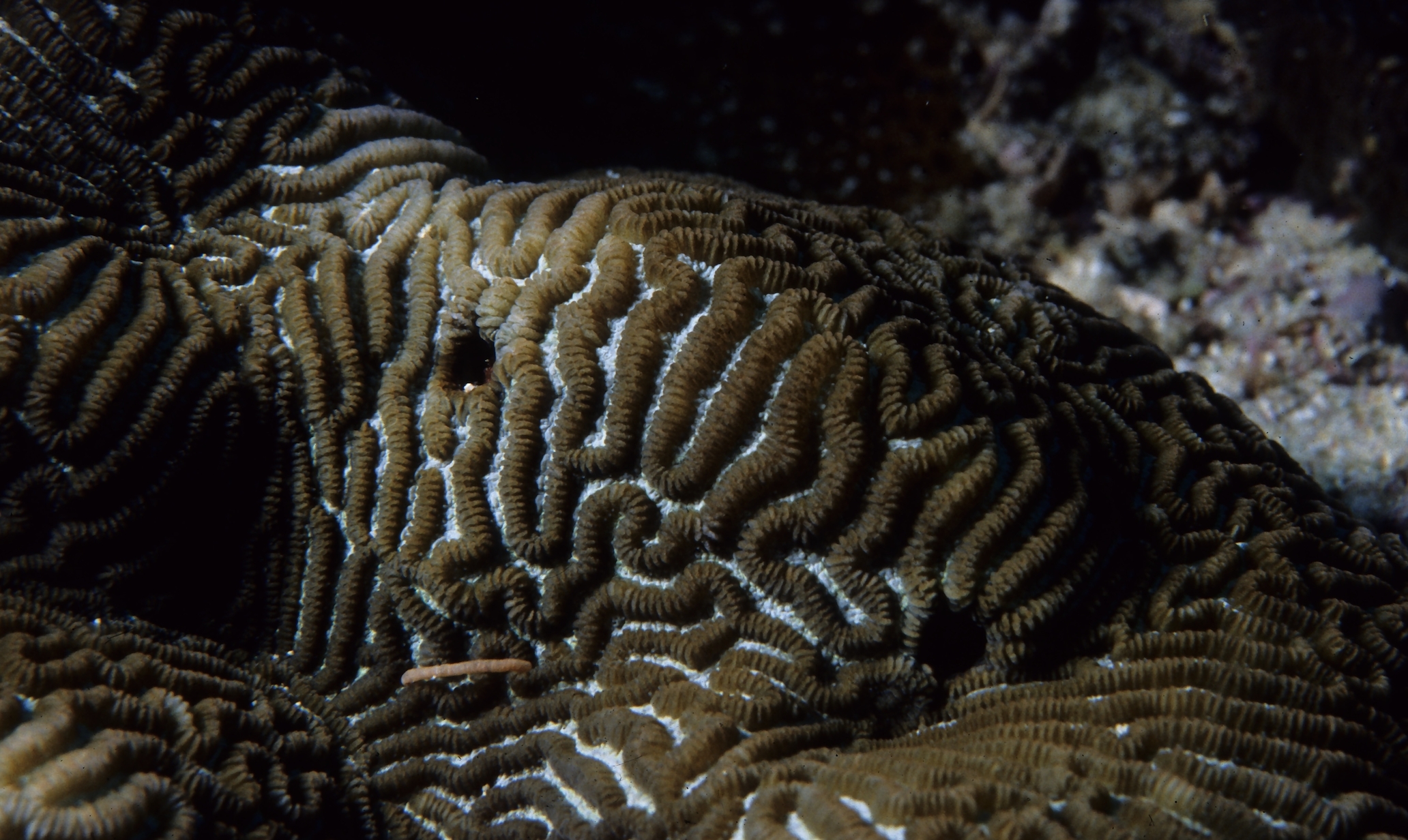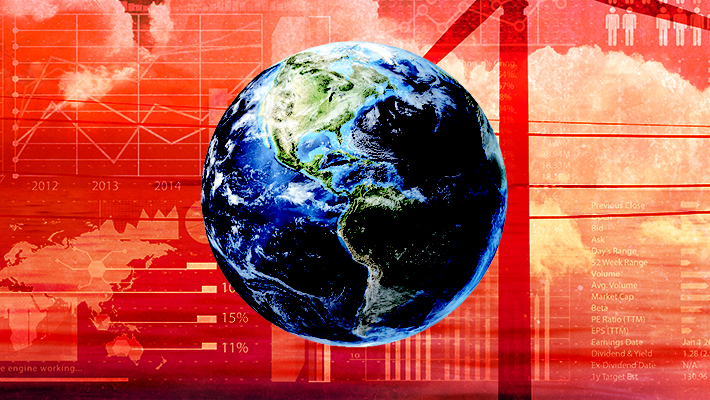The world is changing. Whether we’re talking about the speed with which consumer technology has reconfigured human communication within a matter of decades, or how the global food supply chain is irrevocably shifting the human diet for better and for worse, the world of 100, 50, even 10 years ago is gone. Some of these changes, while challenging, are welcome: extreme poverty has been significantly reduced in the past 50 years; global teen pregnancy rates have fallen; maternal and child mortality rates have fallen; and global life expectancy has risen significantly.
But all is not well with our changing world. Human-driven climate change is, as so many world leaders have reminded us, an existential threat. The hottest years on record have all occurred in the past 20 years. We’re facing a mass extinction event unlike any before — completely driven by human activity. And a new U.N. report on climate change’s effects on the ocean and cryosphere casts into stark relief just how rapidly we’re reaching a crisis point.
But what does this mean, exactly? We break it down.
What does the U.N. report say?
First, what the report is: a meta-analysis of over 7,000 papers on the effects climate change is having on the ocean and the cryosphere (which translates to “the components of the Earth System at and below the land and ocean surface that are frozen, including snow cover, glaciers, ice sheets, ice shelves, icebergs, sea ice, lake ice, river ice, permafrost, and seasonally frozen ground”). Basically: over 100 researchers from around the world looked at how our global water systems are being affected by climate change.
Here’s what they found:
- Marine heatwaves, which lead to bird and fish population die-offs, “doubled in frequency and have become longer-lasting, more intense and more extensive”
- The ocean is absorbing “20-30%…of total anthropogenic CO2 emissions” which is worsening ocean acidification
- Ice flow and retreat (or: rapidly melting glaciers that are not refreezing) in Antarctica is accelerating, which is directing leading to rising sea levels
- Sea ice loss in the Arctic has increased wave size, and “extreme wave heights, which contribute to extreme sea-level events, coastal erosion and flooding, have increased” in the Atlantic Ocean
- Permafrost thaw has increased at an unprecedented rate, which is releasing methane into the atmosphere
- “Glacier retreat and snow cover changes have contributed to localized declines in agricultural yields in some high mountain regions”
- Carbon sinks such as seagrass meadows are dying off as the ocean heats up
- Phytoplankton blooms are occurring earlier in polar regions and disturbing the global marine food web structure and biodiversity; simultaneously, phytoplankton populations are decreasing
Translation: yikes.
What does this mean in plain English?
The report, according to Dan Laffoley of the International Union for Conservation of Nature, can be summed up thusly: “We are an ocean world, run and regulated by a single ocean, and we are pushing that life support system to its very limits.”
Basically what this means is: we’re in deeper trouble than any of us anticipated. This is part of a larger trend of extremely alarming reports about mass extinction, rising temperatures, threats to essential food sources, and more.
In short: the ocean is heating up and becoming less oxygen-rich, leading to massive die-offs and direct threats to marine populations and the populations that rely on them. As for the cryosphere: as the world heats up, ice sheets melt and do not re-freeze, leading to a negative feedback loop that is creating more intense storms, coastal erosion, and increasing acidification, which also leads to die-offs.
In terms of interior cryospheres (such as, say, mountain glaciers that provide fresh water — think the watershed fed by Mount Hood in Oregon), as the world heats up, snowpack melts earlier. Winter precipitation events are more likely to be rain rather than snow, which means that the snowpack is not replenished as readily, which in turn negatively impacts water supplies and water quality. In other words: the global freshwater supply is dwindling, and worsening climate change conditions are creating a negative feedback loop which is making it increasingly difficult to maintain snowpack levels and prevent drought.
Here are some things the report anticipates happening:
- As glaciers melt and sea levels rise, historic flooding will become common.
- Marine populations, such as fish, will disappear — especially populations which are food sources for humans
- Wildfires will increase
- Permafrost thaw will release methane, which will create a feedback loop of heating and thawing, and will have a direct, negative impact on food and water security
- Phytoplankton — which produce the large majority of the world’s oxygen — will die off at an increasing rate, meaning more carbon dioxide will be trapped in the atmosphere and the marine food supply chain will be negatively disrupted

Is this an “us” problem or an “our kids and grandkids” problem?
Per the New York Times, the rate of change when it comes to increasing floods and decreasing food supplies “depends largely on the ability of humanity to reduce emissions of greenhouse gases that are heating the planet.”
In other words: while the largest burden will fall on future generations, we’re feeling the effects now, and our actions now will directly affect what happens in both the near and distant future. One way in which we can see the effects of climate change on the oceans in real-time: hurricanes. Climate change has heated the ocean’s surface and slowed down atmospheric circulation, which has created conditions conducive to larger, slower storms, which often stall out overpopulated areas, doing extensive damage.
Another way to chart climate change via the ocean: about half of marine life has disappeared in the last 50 years, and while overfishing and plastic pollution is largely to blame right now, climate change/ ocean acidification is playing in increasing role in this die-off. That will have an indirect effect on all of humanity and a direct effect on a large share of the global population.
According to a joint research initiative between NASA and Columbia University, roughly 40 percent of the global population lives within 100 kilometers (approximately 62 miles) of the coast. Put into perspective, that’s over 3 billion people. We rely on oceans not just for recreation but for essentials like food and oxygen (most of the world’s oxygen is produced by phytoplanktons). This means that the rapid sea-level rise, acidification of the world’s oceans is having a direct impact on our lives right now, and it will only get worse.
As for the cryosphere (a.k.a. the earth’s frozen water systems), Heidi Steltzer, one of the lead authors of the new report, told Lawrence Berkeley National Laboratory, “The increasing inconsistency of mountain snow and rain is shocking. These conditions let us study how both abrupt and gradual changes in snow dynamics impact water availability and water quality, which are critical for downstream industry, people and the economies of communities in mountain regions and beyond.”
Why does this matter? Per Steltzer, though the importance of ice sheets goes “largely unnoticed, […] the mountain cryosphere is critical for providing billions of people with water – more people than we likely realize or can characterize with data.”
So, sure, we may die before the fresh water wars start and the last of the tuna disappear, but it’s our problem too.
Is there anything we can do?
No matter what your fatalist heart is screaming, the fact is that yes, we can act. While the lion’s share of carbon emissions are created by an extremely small share of the global population — with something like 71 percent of current emissions created by just 100 companies — collective action is possible.
Here’s a run-down of what you can do:
- Vote for politicians with comprehensive climate change policies
- Put your money where your mouth is: buy local, reduce or completely cut out meat and dairy from your diet, buy second-hand goods, and boycott the worst carbon emissions producers whenever possible
- Change your travel habits: opt for trains and buses instead of flying when possible; take public transportation or bike instead of driving and buy carbon offsets.
But the most important thing you can do is support climate justice by doing the following: calling your representatives to demand action, both to stem carbon creation and to put money into infrastructure in order to minimize impending damage, and volunteering for environmental groups with both local and global focuses.


